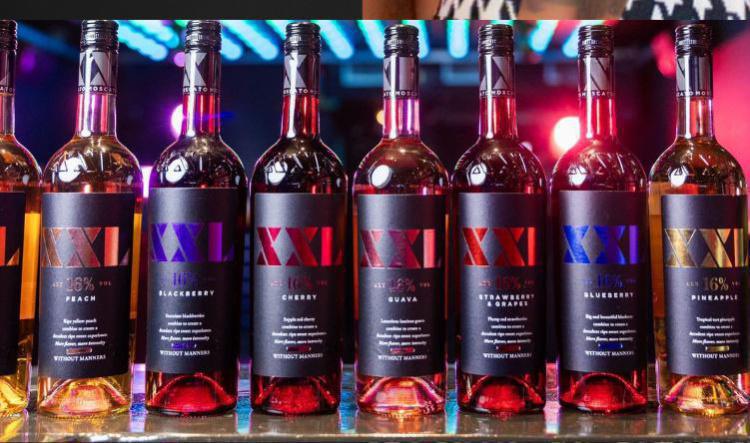Jell-O Shots
Tonight we are introducing something new from Ms. Bunny! Hello Jello! Tonight we are introducing something new from Ms. Bunny! Hello Jello!
Tonight we are introducing something new from Ms. Bunny! Hello Jello! Tonight we are introducing something new from Ms. Bunny! Hello Jello!

Introducing XXL-Wines: A Contemporary Twist on Wine Enjoyment Introducing XXL-Wines: A Contemporary Twist on Wine Enjoyment
For every $50 added, receive a $10 bonus!
Now that you have taken the time to learn how to taste wine, the regions and grapes of the world, reading a wine label and the essentials for buying wine, it’s time to drink it! Now that you have taken the time to learn how to taste wine, the regions and grapes of the world, reading a wine label and the essentials for buying wine, it’s time to drink it!
While learning how to choose wine, it’s helpful to know some of the major wine regions and the grapes they are best known for: While learning how to choose wine, it’s helpful to know some of the major wine regions and the grapes they are best known for:
Wine is made in virtually every country in the world Wine is made in virtually every country in the world. These countries are often referred to as “Old World” or “New World.” “Old World” consists of regions with long histories of wine production, such as Europe and parts of the Mediterranean. Some of the most well-known “Old World” wine regions include France, Italy and Germany, and these regions focus greatly on terroir—the unique characteristics of the soil and climate, which give their wine a sense of place. “New World” (as the name suggestions) is used to describe newer wine-producing regions, such as U.S., Australia and Chile. These regions tend to have hotter climates and generally use different labeling methods; they tend to use grapes rather than region on labels for recognition.
A wine beginner might know the basic differences between a red and a white, but it’s also important to learn all the wine types and varietals. A wine beginner might know the basic differences between a red and a white, but it’s also important to learn all the wine types and varietals. You can explore everything from Chardonnay to Viognier and Cabernet Sauvignon to Zinfandel in our guide to the most important red wine grapes and white wine grapes.
Rest assured, there are some truly bad wines out there, and not all of them are inexpensive. Rest assured, there are some truly bad wines out there, and not all of them are inexpensive. Some flaws are the result of bad winemaking, while others are caused by bad corks or poor storage. If you are ordering a bottle of wine in a restaurant, you want to be certain that the wine you receive tastes the way it was intended to taste. You can’t always rely on servers in restaurants to notice and replace a wine that is corked. You are ultimately the one who will be asked to approve the bottle. Being able to sniff out common faults, such as a damp, musty smell from a tainted cork called TCA, will certainly make it easier for you to send a wine back.
You have probably heard from both friends and experts many times that any wine you like is a good wine. This is true if simply enjoying wine is your goal. You don’t have to do more than take a sip, give it a swallow and let your inner geek decide “yes” or “no.” The end.
The ability to sniff out and untangle the subtle threads that weave into complex wine aromas is essential for tasting. Try holding your nose while you swallow a mouthful of wine; you will find that most of the flavor is muted. Your nose is the key to your palate. Once you learn how to give wine a good sniff, you’ll begin to develop the ability to isolate flavors—to notice the way they unfold and interact—and, to some degree, assign language to describe them.
Getting Started with Wine Tasting